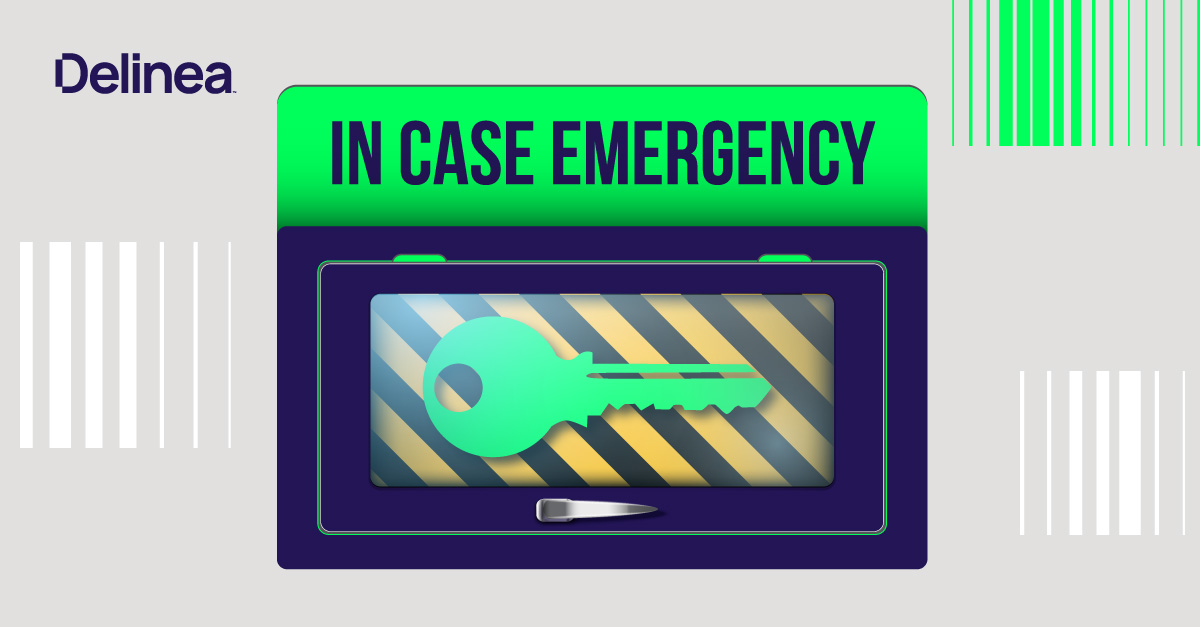The Importance of Redundancy in Cybersecurity
Today, eight companies will experience a cyberattack.
That prediction is based on the frequency of cyber incidents studied over the past year by IT Governance. In many of those attacks, stealthy cyber criminals and fast-moving malware will delete data and shut down IT systems quicker than containment strategies can isolate damage. Some of those companies will go out of business because they don’t have an effective recovery plan.
In this blog, we’ll focus on a key strategy that organizations employ to maintain uptime and recover quickly when systems are compromised: Redundancy. For those of you responsible for improving cyber resilience and business continuity, read on to make sure you have what you need to operate and deliver services even when under attack.
What is redundancy in cybersecurity?
Redundancy in cybersecurity increases cyber resilience. It entails creating duplicates of critical components or IT systems so that alternative resources are always available. The goal of redundancy is to eliminate single points of failure in your IT environment to make your systems more fault-tolerant.
All industries need to build in redundancy so they can continue operating and delivering services to customers. Particularly in industries where downtime can be very costly or even life-threatening, like healthcare and public safety, maintaining uninterrupted service is paramount.
In addition, redundancy improves recovery time should a failure happen. Because you have an unaffected system operating as usual in another location or cloud instance, you can more easily restore data and processes to their original state.
Examples of redundancy strategies in cybersecurity include:
- Keeping a synchronized copy of data in more than one location within a database or storage system
- Distributing incoming traffic across multiple servers through load balancers
- Deploying EC2 hosts across multiple Availability Zones in AWS or Azure
- Ensuring a redundant power supply can keep servers running if the primary supply malfunctions
- Setting up Virtual Machines that could be brought online quickly
- Ensuring your recovery team will always have access to privileged credentials
Ensuring redundancy through Resilient Secrets in Secret Server
The last point above—ensuring you will always have access to privileged credentials—is one many IT and security teams don’t think of when architecting a redundancy strategy for cybersecurity. Yet, it’s one of the most important things you can do to support cyber resilience.
That’s because when attackers block access to essential IT systems, recovery time and costs increase exponentially. For example, if your team can’t access a server because their credentials don’t work, they can’t investigate the problem or troubleshoot to get a system back online.

To ensure redundancy in cybersecurity, customers of Delinea Secret Server employ Resilient Secrets. Resilient Secrets enables you to replicate your secrets data to another instance of Secret Server, either on-prem or cloud, with automated syncing across instances every 15 minutes.
With Resilient Secrets, you have the option to replicate on-prem to cloud, on-prem to on-prem, cloud to cloud, or cloud to on-prem environments, keeping the control in your hands. Many Secret Server Cloud users choose to provision a redundant version in an adjacent Azure region, closer to customer databases, which provides active-active regional redundancy for seamless failover, faster disaster recovery, and hybrid failover.
Through this redundancy strategy, you’ll have continuous access to credentials, systems, and data no matter what happens, reducing the risk of downtime or disruption, even during an emergency incident.
Along with Secret Server’s Break-the-Glass accounts for disaster recovery, High Availability, and Database Mirroring, Resilient Secrets are a key component of Delinea’s architecture for cyber resilience.
To learn more about how Secret Server supports redundancy in cybersecurity, watch the webinar:
Increase Protection and Resiliency.


